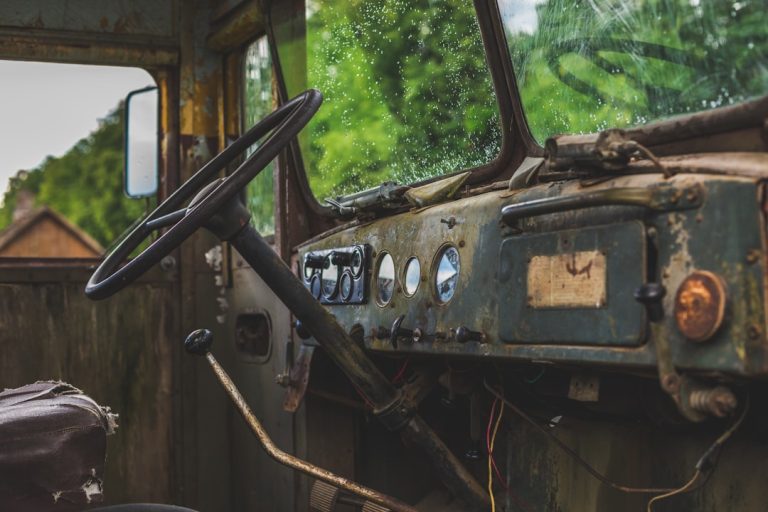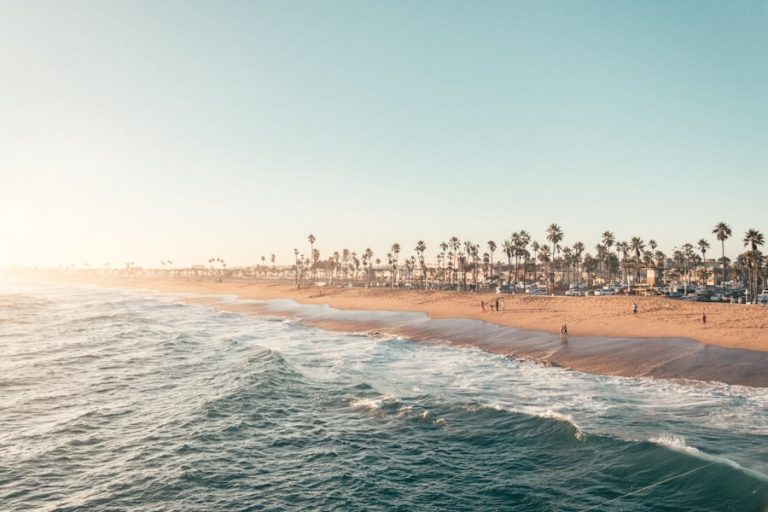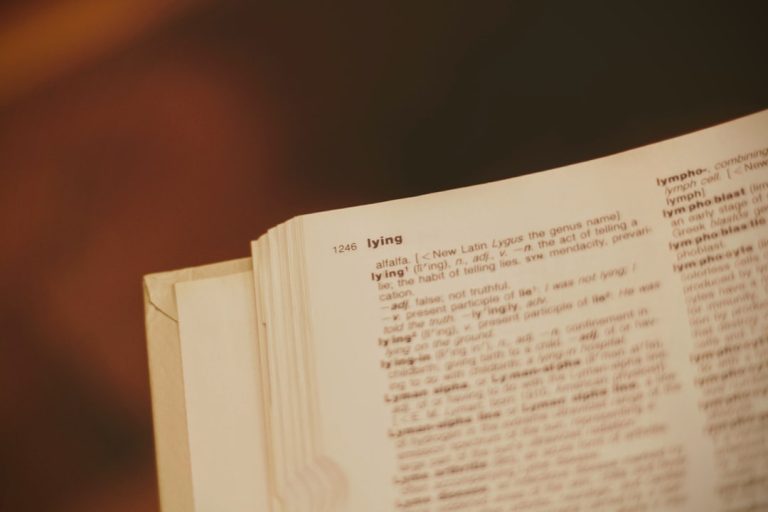
The allure of nature has captivated humanity for centuries, and photography serves as a powerful medium to encapsulate its beauty. Each click of the shutter can freeze a moment in time, allowing us to relive the splendor of a sunrise over a misty valley or the intricate details of a dew-kissed spider web. Nature photography is not merely about documenting landscapes; it is an art form that invites viewers to experience the world through the photographer’s eyes.
The vibrant colors of a sunset, the delicate patterns of leaves, and the grandeur of towering mountains all come together to create a visual symphony that resonates deeply with our innate appreciation for the natural world. Moreover, capturing nature’s wonders goes beyond aesthetics; it serves as a reminder of the fragility and transience of these moments. A photograph can evoke emotions, transport us to distant places, and inspire a sense of wonder.
Each photograph tells a story, inviting viewers to pause and reflect on their relationship with nature. In this way, photography becomes a bridge between the observer and the observed, fostering a deeper connection with the environment.
Key Takeaways
- Nature’s wonders can be captured through photography, allowing us to appreciate and preserve their beauty.
- The great outdoors provides endless inspiration for photographers, with its diverse landscapes and natural elements.
- Composition is key in landscape photography, as it helps to create visually appealing and impactful images.
- Timing and lighting are crucial in capturing stunning photos in national parks, enhancing the beauty of the natural surroundings.
- Capturing wildlife in their natural habitat requires patience, respect for the animals, and a deep understanding of their behavior.
Finding Inspiration in the Great Outdoors
The great outdoors is an endless source of inspiration for photographers, offering a diverse array of subjects and scenes that can ignite creativity. From sweeping vistas to intimate close-ups, nature presents an ever-changing canvas that challenges photographers to explore new perspectives. The rhythmic patterns of waves crashing against rocky shores, the intricate textures of tree bark, and the vibrant hues of wildflowers all beckon to be captured.
Inspiration can often be found in unexpected places. A simple walk through a local park can reveal hidden gems—a patch of sunlight filtering through leaves, the delicate flutter of a butterfly, or the play of shadows on a forest floor.
Photographers are encouraged to embrace spontaneity and remain open to serendipitous moments that may arise during their outdoor adventures. By immersing themselves in nature, they can cultivate a deeper understanding of their surroundings and discover new ways to express their artistic vision. The act of exploring not only fuels creativity but also fosters a sense of mindfulness, allowing photographers to connect with their environment on a profound level.
The Art of Composition in Landscapes

Composition is a fundamental aspect of landscape photography that can significantly influence the impact of an image. The arrangement of elements within the frame guides the viewer’s eye and shapes their interpretation of the scene. Techniques such as the rule of thirds, leading lines, and framing can enhance visual interest and create a sense of balance.
For instance, placing the horizon line off-center can draw attention to either the sky or the foreground, depending on what aspect of the landscape is most compelling. Additionally, understanding how to utilize natural elements within a scene can elevate a photograph from ordinary to extraordinary. Incorporating foreground elements—such as rocks, flowers, or water—can add depth and dimension, inviting viewers to step into the image.
Similarly, using leading lines—like winding paths or rivers—can guide the eye through the composition, creating a sense of movement and exploration. Experimenting with different angles and perspectives can also yield surprising results; shooting from a low vantage point can emphasize foreground details while capturing sweeping vistas in the background. Ultimately, mastering composition requires practice and an intuitive understanding of how various elements interact within the frame.
Chasing the Perfect Light: Tips for Stunning National Park Photos
| National Park | Number of Visitors | Photography Tips |
|---|---|---|
| Yellowstone | 4,020,288 | Use the golden hours for soft light |
| Yosemite | 3,936,488 | Look for leading lines and reflections |
| Grand Canyon | 6,380,495 | Experiment with different angles and perspectives |
Light is one of the most critical components in photography, particularly in capturing the breathtaking beauty of national parks. The quality, direction, and color of light can dramatically alter the mood and atmosphere of an image. Golden hour—the period shortly after sunrise or before sunset—offers soft, warm light that enhances colors and creates long shadows, making it an ideal time for landscape photography.
During these magical moments, photographers can capture scenes bathed in golden hues that evoke feelings of tranquility and wonder. To make the most of natural light, photographers should be mindful of weather conditions and how they affect illumination. Overcast days can provide diffused light that softens harsh contrasts, making it easier to capture details in both highlights and shadows.
Conversely, dramatic weather conditions—such as storm clouds or rain—can add an element of drama to photographs, creating striking contrasts and dynamic compositions. Additionally, understanding how to use filters—such as polarizers or neutral density filters—can help manage reflections and control exposure in challenging lighting situations. By being attuned to the nuances of light, photographers can elevate their national park images from mere snapshots to captivating works of art.
The Challenge of Capturing Wildlife in Their Natural Habitat
Wildlife photography presents unique challenges that require patience, skill, and an understanding of animal behavior. Unlike landscapes that remain static, wildlife is unpredictable and often elusive. Capturing animals in their natural habitat demands not only technical proficiency but also an awareness of their surroundings and habits.
Photographers must learn to observe quietly and respect wildlife by maintaining a safe distance while still striving for compelling compositions. Timing is crucial when it comes to wildlife photography; many animals are most active during dawn and dusk when they are foraging for food or engaging in social behaviors. Understanding seasonal patterns can also enhance opportunities for capturing specific species during mating seasons or migrations.
Additionally, employing techniques such as using longer lenses allows photographers to maintain distance while still achieving sharp images filled with detail. The challenge lies not only in capturing stunning images but also in conveying the essence of wildlife—its grace, vulnerability, and resilience—through thoughtful composition and timing.
Connecting with Nature Through the Lens

Photography serves as a powerful tool for connecting with nature on a deeper level. When photographers immerse themselves in natural settings with their cameras in hand, they become more attuned to their surroundings. This heightened awareness fosters a sense of mindfulness that encourages them to observe details they might otherwise overlook—the subtle rustle of leaves in the wind or the intricate patterns formed by frost on grass blades.
Each photograph becomes an expression of this connection, allowing photographers to share their experiences with others. Moreover, this connection extends beyond personal fulfillment; it has the potential to inspire others to appreciate and protect natural spaces. By sharing their work through exhibitions or social media platforms, photographers can evoke emotions and spark curiosity about the environment.
Images that capture breathtaking landscapes or intimate wildlife moments can serve as powerful reminders of what is at stake if we fail to protect our planet’s ecosystems. In this way, photography becomes not just an artistic endeavor but also a means of advocacy for conservation efforts.
The Importance of Preserving National Parks Through Photography
National parks are sanctuaries for biodiversity and natural beauty, yet they face numerous threats from climate change, pollution, and human encroachment. Photography plays a vital role in raising awareness about these issues by showcasing both the splendor and vulnerability of these protected areas. Images that highlight pristine landscapes or endangered species can galvanize public support for conservation initiatives and encourage responsible stewardship among visitors.
Furthermore, photographs serve as historical records that document changes over time within national parks. As climate patterns shift and ecosystems evolve, visual documentation becomes essential for understanding these transformations. Photographers have the opportunity to capture both the beauty and fragility of these environments, creating a visual narrative that underscores the importance of preserving them for future generations.
By sharing these images widely, photographers can contribute to a collective consciousness that values conservation efforts and inspires action.
Sharing the Beauty: How Photographers Can Inspire Conservation
The act of sharing photographs goes beyond mere exhibition; it has the power to inspire change and foster a sense of responsibility toward our planet. Photographers can leverage social media platforms to reach broader audiences, using hashtags related to conservation efforts or collaborating with environmental organizations to amplify their message. By sharing compelling images alongside informative captions about conservation issues or sustainable practices, photographers can educate viewers about the importance of protecting natural spaces.
Additionally, participating in community events or exhibitions focused on environmental themes allows photographers to engage directly with audiences and spark conversations about conservation. Workshops that teach others about responsible photography practices—such as minimizing impact on wildlife or practicing Leave No Trace principles—can empower individuals to become advocates for nature themselves. Ultimately, by harnessing their artistic talents for advocacy purposes, photographers can play an integral role in inspiring others to appreciate and protect our planet’s precious resources.
If you are interested in improving your English language skills, you may also want to check out this article on Improving English Conversation. This article provides tips and strategies for ESL students to enhance their speaking abilities and engage in meaningful conversations in English. By combining the knowledge gained from the article on American English Punctuation: Commas with the advice in this article, ESL students can further develop their language proficiency.
FAQs
What is the purpose of commas in American English punctuation?
Commas are used in American English punctuation to indicate a pause in a sentence, separate items in a list, set off introductory phrases or clauses, and separate independent clauses in a compound sentence.
How are commas used to set off introductory phrases or clauses?
Commas are used to set off introductory phrases or clauses at the beginning of a sentence. For example, “After the game, we went out for pizza.”
When should commas be used to separate items in a list?
Commas should be used to separate items in a list, such as “red, white, and blue” or “apples, oranges, and bananas.”
What is the Oxford comma and when is it used in American English punctuation?
The Oxford comma is the comma used before the conjunction in a list of three or more items. For example, “I like to eat pizza, pasta, and salad.” It is optional in American English, but its usage can clarify the meaning of a sentence.
How are commas used to separate independent clauses in a compound sentence?
Commas are used to separate independent clauses in a compound sentence when they are joined by a coordinating conjunction (and, but, or, nor, for, so, yet). For example, “I went to the store, and I bought some groceries.”






